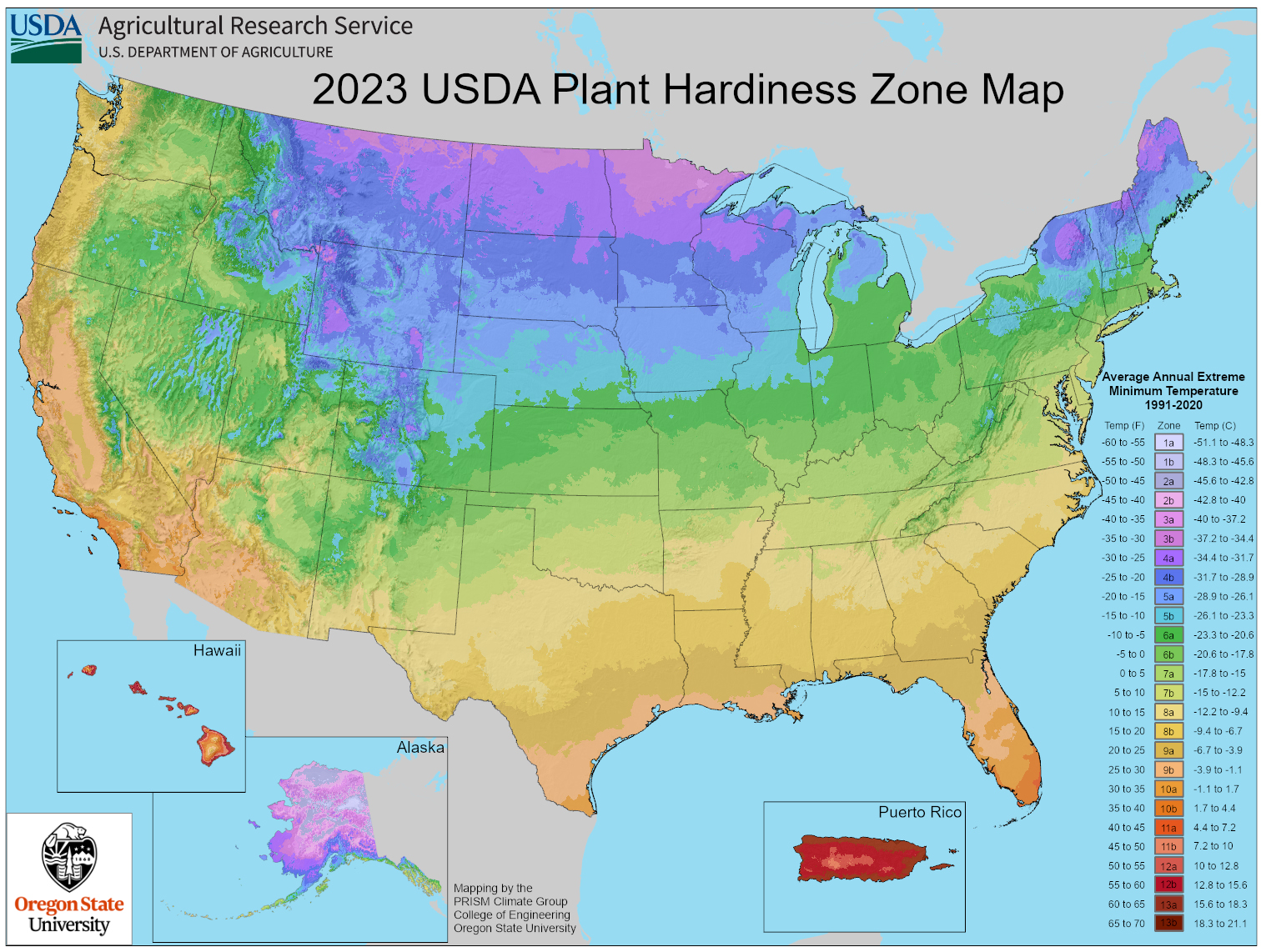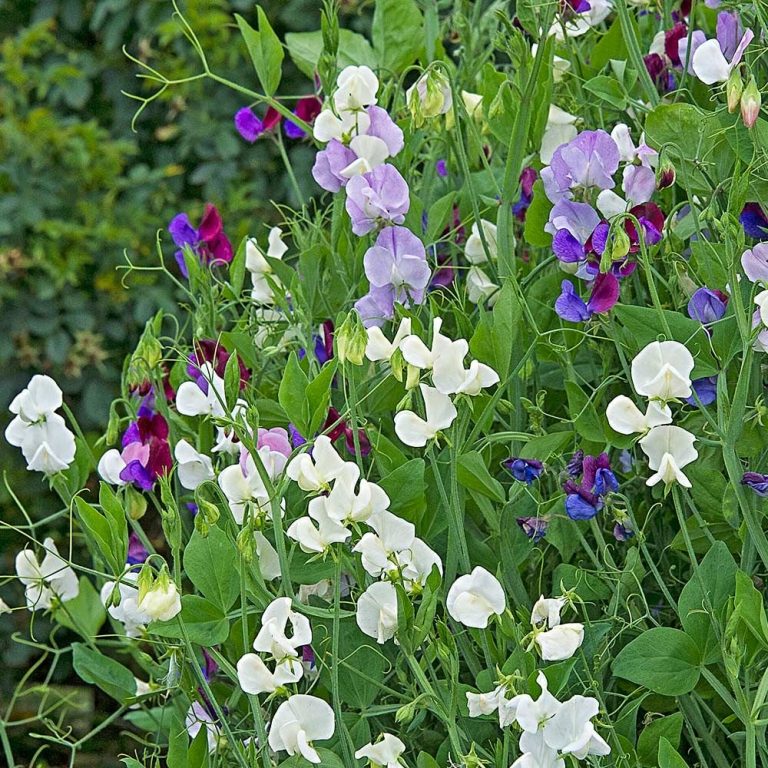
Determining Plant Hardiness in Your Garden: The New USDA Map & Other Resources
Have you recently had a perennial plant overwinter that you didn’t expect would survive because it wasn’t designated to be hardy in your area of the country? If so, you might be wondering why. A clue to the answer lies in the newly updated USDA Plant Hardiness Zone Map (PHZM) that was released at the end of 2023. The map’s information has long been relied upon by gardeners, growers, and researchers to help determine which plants will survive, and which won’t, in their growing areas. The PHZM’s updates reflect changes that impact about half of the country, with the overall…

